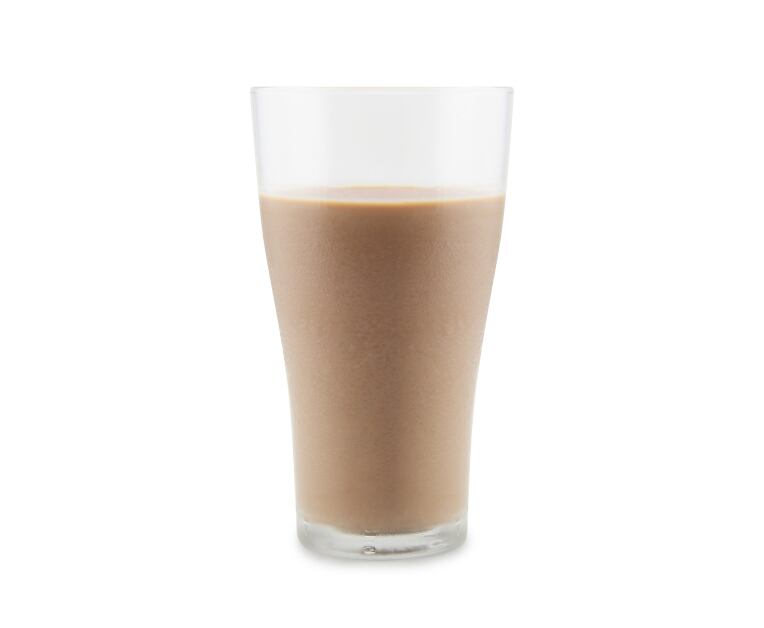Today, 12% of the globe’s 7.3bn people are aged 60 or over and according to the latest figures from the United Nations it is the fastest-growing population segment – increasing at a rate of 3.26% per year. By 2050, there will be 2.1bn people aged 60 and over, and right now Europe holds the largest percentage of this global group – 24%.
David Jago, director of innovation at Mintel, said seniors were looking for certain things: “They’re as likely to look for the benefit, combined with an ingredient that they recognise.”
“The key ones are calcium and vitamin D for bone health; plant sterols, oats and omega-3 for heart health; and fibres for digestive health,” he told NutraIngredients.
Jago added that recently there had even been a shift of focus from generic oats to the more specific component beta-glucan, with major ingredient players moving into this space.
Better the devil you know…
Most success, he said, could be found in simpler, familiar product ideas. “Regular food or ‘real’ food that tastes good and is nutrient-rich will have much stronger appeal than anything that is perceived as functional or medical.”
Nestlé Boost was just one example, he said, of a product that held “strong appeal” to seniors and was now a multi-million dollar brand selling widely through supermarkets. The nutritional drinks contain 10 g protein, 26 vitamins and minerals, including calcium and vitamin D, as well as 3 g of fibre.
Ewa Hudson, global head of health and wellness research at Euromonitor, agreed that the most appropriate foods were “products and formulations that are commonly eaten, like ready meals and soups especially.”
Hudson said milk drinks and biscuits were senior-friendly matrices.

“Flavoured milk drinks would be a good carrier because it would be easy to drink and swallow and you could have it packed in a modern way so it doesn’t look like a product for the elderly.
“With biscuits the focus is going to be in the direction of wholegrain and ‘back to basics’ – focused on more natural nutrition rather than functional.”
Hudson said UK retailer/manufacturer Marks & Spencer had recently launched a “very interesting” line of ready meals under its ‘Active Health’ brand.
The range includes meals like Beef Lasagne, Red Thai Chicken Noodles and Italian Garlic Chicken and Bean Bake – all high in fibre and beta-glucan and labelled as ‘cholesterol-lowering’ on-pack, permitted thanks to an EU-approved beta-glucan claim.
“They launched this line of ready meals for ‘active nutrition’, rather than targeting the elderly specifically. And this is interesting because the elderly do eat ready meals, but it’s not specifically positioned for them.”
Message on a bottle
Jago said successful products had to be sensitive to European youthfulness-elderly dynamics.
“It should be about the positives of healthy ageing, not the negatives of medical conditions that come with age,” he said.

“In much of Asia, old age is revered, respected, and there is no shame in admitting one’s age – so it’s relatively common to see food and drink labels featuring older consumers and stating that the product is for consumers aged 50+ or 60+.
“In Europe youth rules and older consumers typically won’t buy products that are clearly positioned for them, except in the case of medical or nutritional needs.
“If you can’t state on the product that it’s for seniors, then the industry needs to work harder on finding the right ‘formula’ that will appeal to older consumers, but not patronise them.”
Hudson agreed: “Focus needs to be on the positive. That’s why active nutrition is perhaps a good angle to focus on – promoting things like healthy joints and physical activity.”
Japan, she said, was a prime example of a country that targeted seniors in a smart way, keeping activity in mind.
“In Japan, mobility is a big talking point – looking at a diet that will optimise your health; working with exercise; having a routine. It’s looking at active nutrition from the concept that it’s not just going to the gym; it’s a little everyday activity like walking the dog or gardening.”
